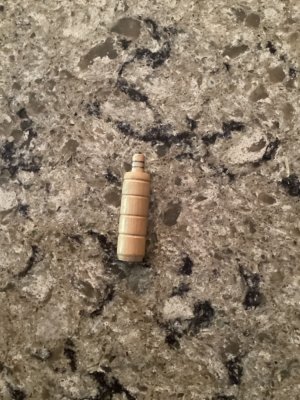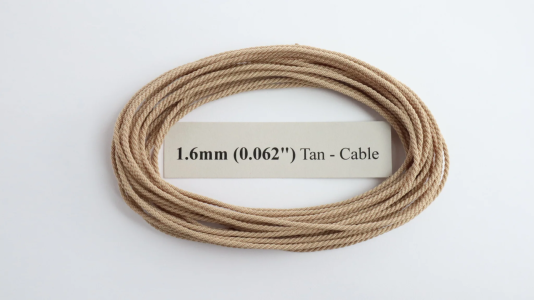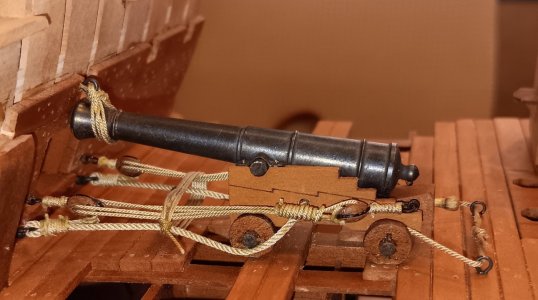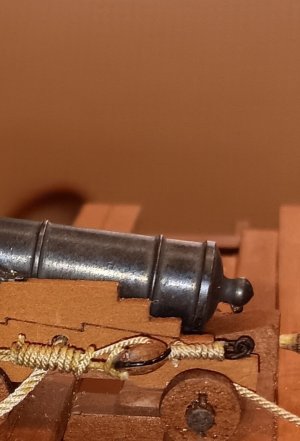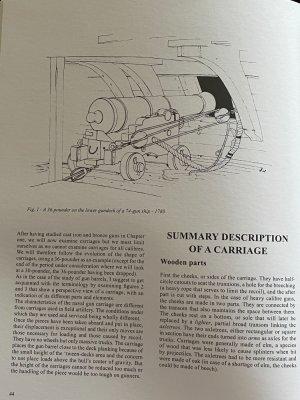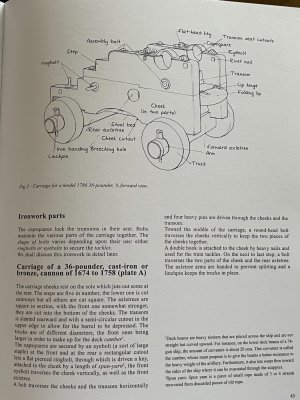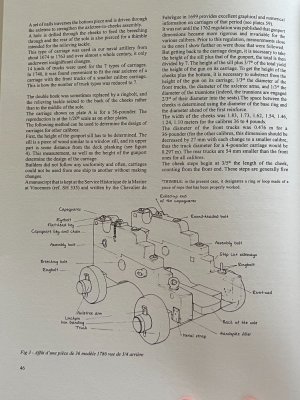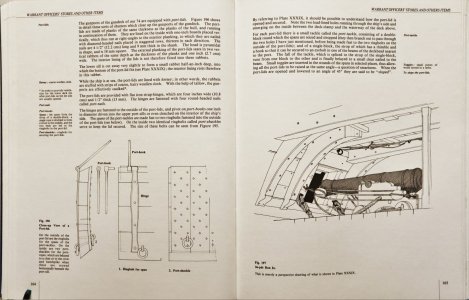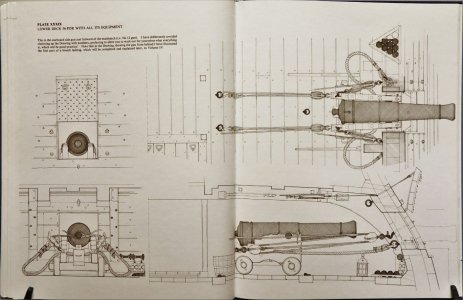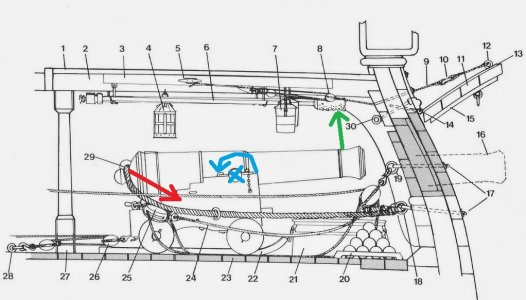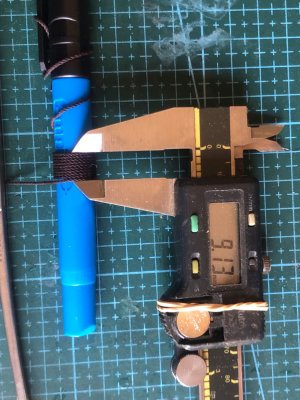- Joined
- Jan 8, 2024
- Messages
- 13
- Points
- 13

How do you measure the diameter of a rigging line? I'm finishing the last of the running rigging and don't have enough line to finish. I tried using a digital micrometer, being careful not to compress the the line, but I can't find a new line anywhere on the internet that fit my results.
Thanks,
Marty
Thanks,
Marty




